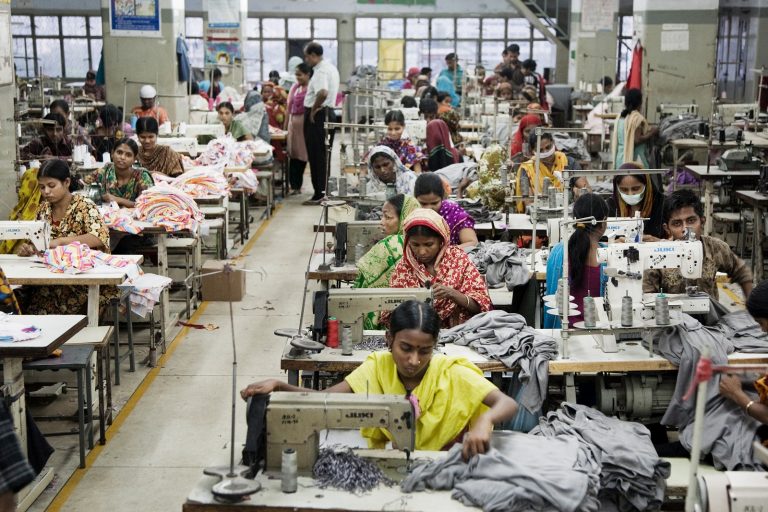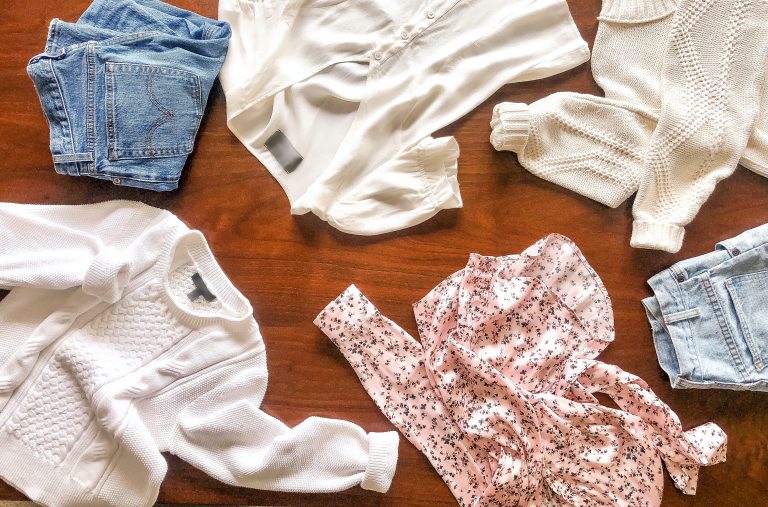
Fashion
Dress well, do good
Who doesn’t want to save the planet and look great in the process? Sustainable fashion reduces your environmental footprint and helps you to build a closet full of pieces you’ll love for a lifetime.
The latest
Why is sustainable fashion important?

Ocean plastics
Plastic-based fabrics are often used in cheap clothing. This is an issue because acrylic clothes shed plastic microfibers, which enter our oceans when they’re washed.
These fibers add up to A LOT of pollution. We dump an estimated half-million metric tons of plastic from clothing into the oceans each year. That’s equivalent to about 50 billion plastic water bottles!
Sustainable brands use materials that will naturally break down overtime. Switching to non-plastic fabrics is critical to make sure plastic doesn’t take over our oceans.

Pollution & human health
Textile mills produce one-fifth of the world’s industrial water pollution.
This has a huge impact on marine life and human health because many dyes and weather-proofing chemicals used are known hormone-disruptors and carcinogens.
Sustainable clothing companies use alternative options in their manufacturing. Additionally, they prevent water pollution through responsible waste management plans.

Worker welfare
Fashion is notorious for labor abuse issues.
The International Labor Organization (ILO) estimates that about 25 million people are in forced labor. Another 170 million children are forced into labor.
To prevent labor issues, sustainable clothing companies know exactly who their workers are. They often use certifications like Fair Trade to guarantee that their workers are free, have a safe working environment, and are paid fairly.

Landfill waste
Fashion is making the world super trashy!
As consumers, we bought 60% more clothing between 2000 and 2014. Additionally, we only kept our clothes for half the amount of time.
Currently, we throw away about 70 pounds of clothing per person per year. In 2017, 11.2 million tons of clothing in the U.S. went straight to the landfill!
Choosing sustainable and fewer clothing items will help drastically reduce global textiles waste.

Climate change
The clothing industry contributes to about 10% of global greenhouse gas emissions. However, that percentage is growing quickly and is expected to increase to 50% by 2030.
Additionally, clothing in landfills emits methane gas as the fabrics (very slowly) decompose overtime.
Fortunately, sustainable clothing brands are beginning to explore alternatives. These include renewable energy, carbon credits, and creating clothing that’s build to last.









